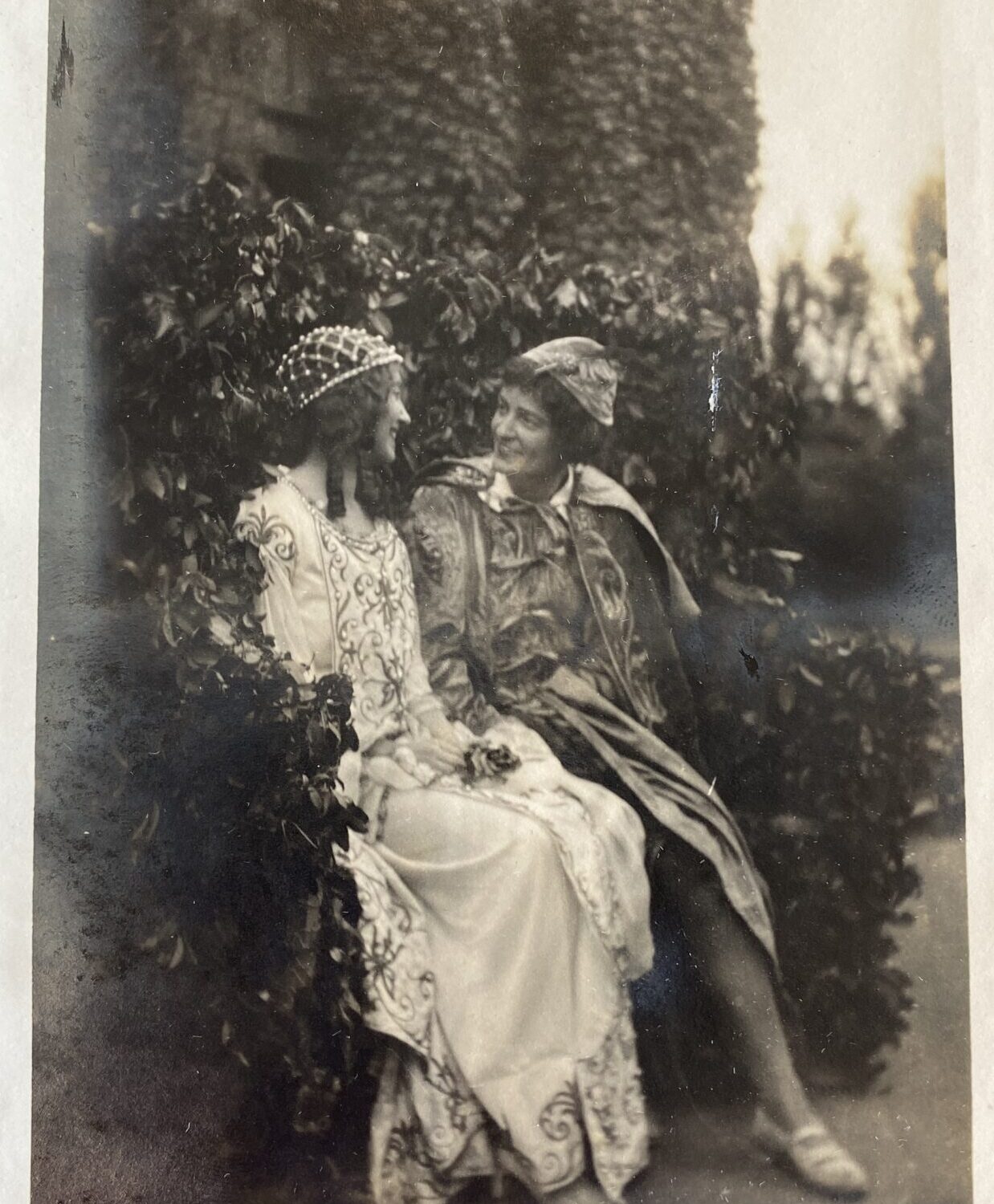Student Plays and Events
In addition to documenting their queer desire through diary entries and letters, Smith students frequently acted in numerous plays (house plays, student theatre, etc.) where they felt free to express themselves by taking the role of the “man” or simply dressing in masculine attire. This was an extremely common practice for the first forty or so years following Smith’s opening in 1875.
While there were efforts to ban this practice by President Seelye in 1881 (specifically for theatre performances open to the public) the administration and even some students on campus (through a group named the “Squelch Committee” in the late 19th century) many students continued to cross-dress in their theatre performances and other events frequently through the start of the 20th century.1
In Sally Newman’s dissertation, Traces of Desire: Reading the Lesbian Archive, she states:
“According to dates on extant photographs, the habit of wearing ‘masculine attire’ appears to have proliferated throughout Smith culture (dances, parties) over the period 1893-98, with the majority of photographs concentrated in the period 1904-1914.
It seems likely that one of the reasons for the popularity of wearing ‘masculine attire’ was the opportunity it gave the students to experiment with the erotic possibilities offered by taking on the ‘manly part.’
In the quest for ‘authentic’ characterization of male parts, students were able to play with the idea of homo-erotic desire, but with the understanding that the artifice involved was contained by the temporary and fictional boundaries of the play and its staging, the ‘Mock Wedding’ or the ‘Man Dance.’” (Newman, 133)
Elizabeth Rusk, Class of 1916
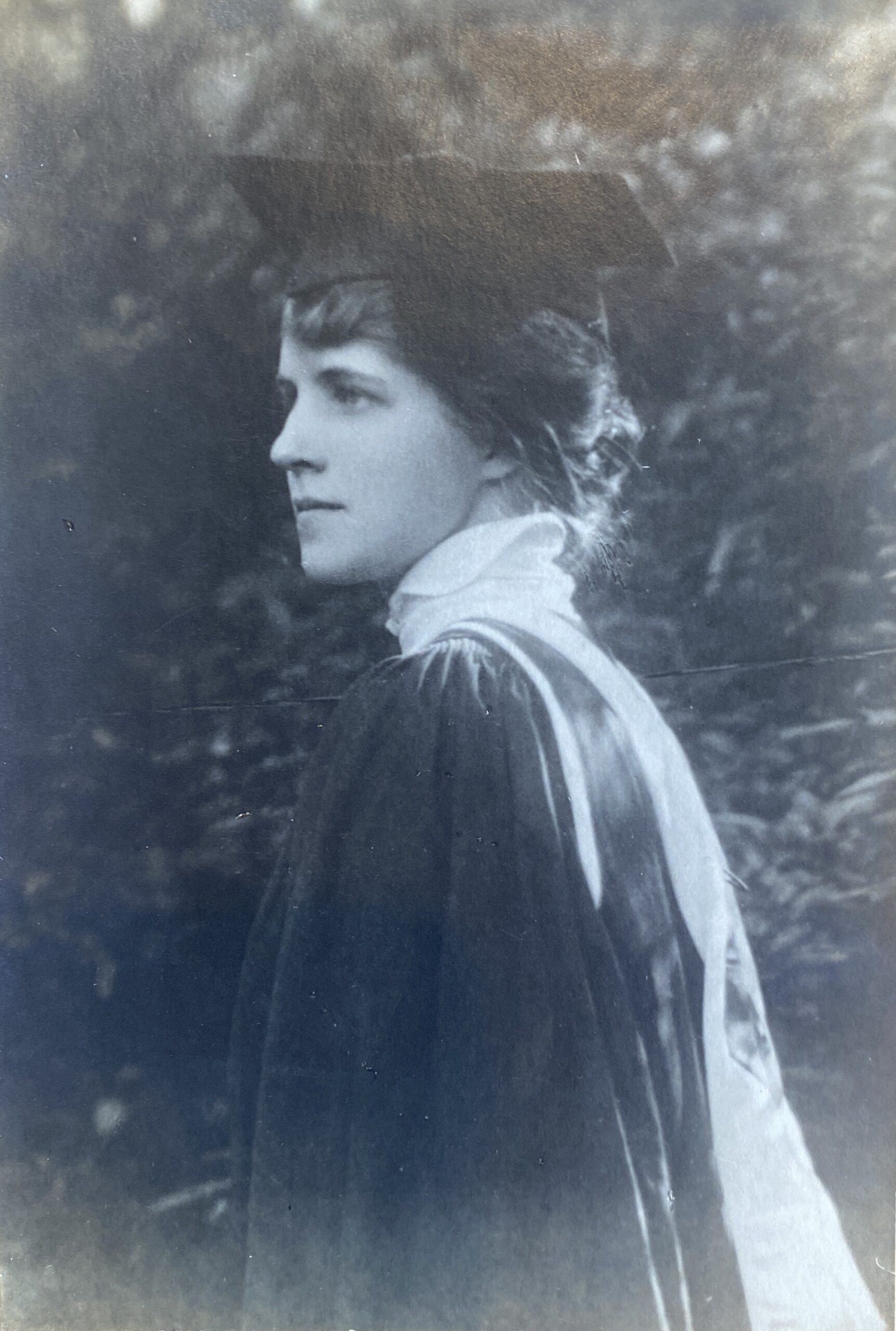
The memorabilia book of Elizabeth Rusk, Smith College Class of 1916, is in particular full of these moments of gender-bending, lesbian desire and expression, and simply queer joy. Take a look at some of the memories she documented, pictured below.
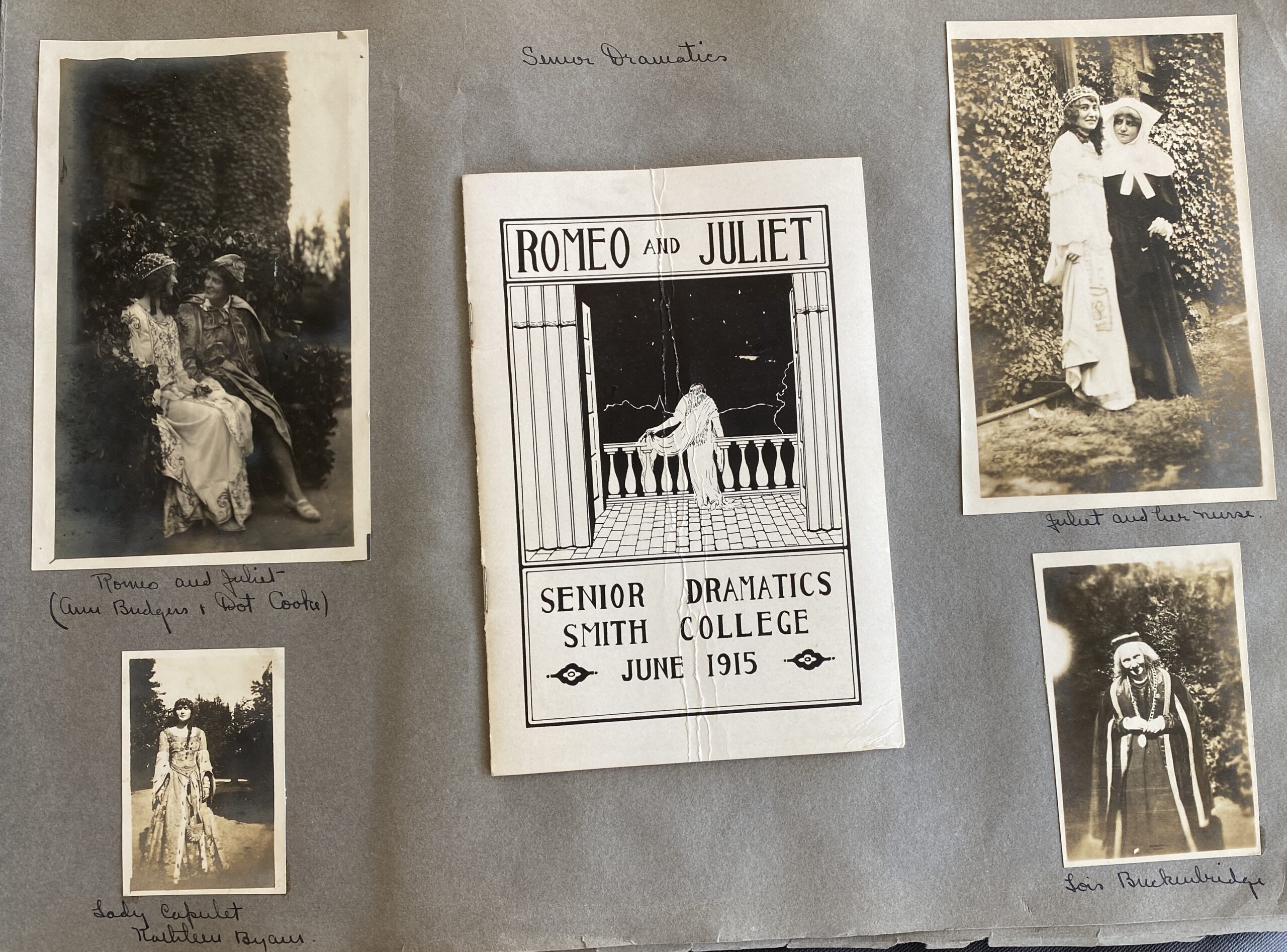
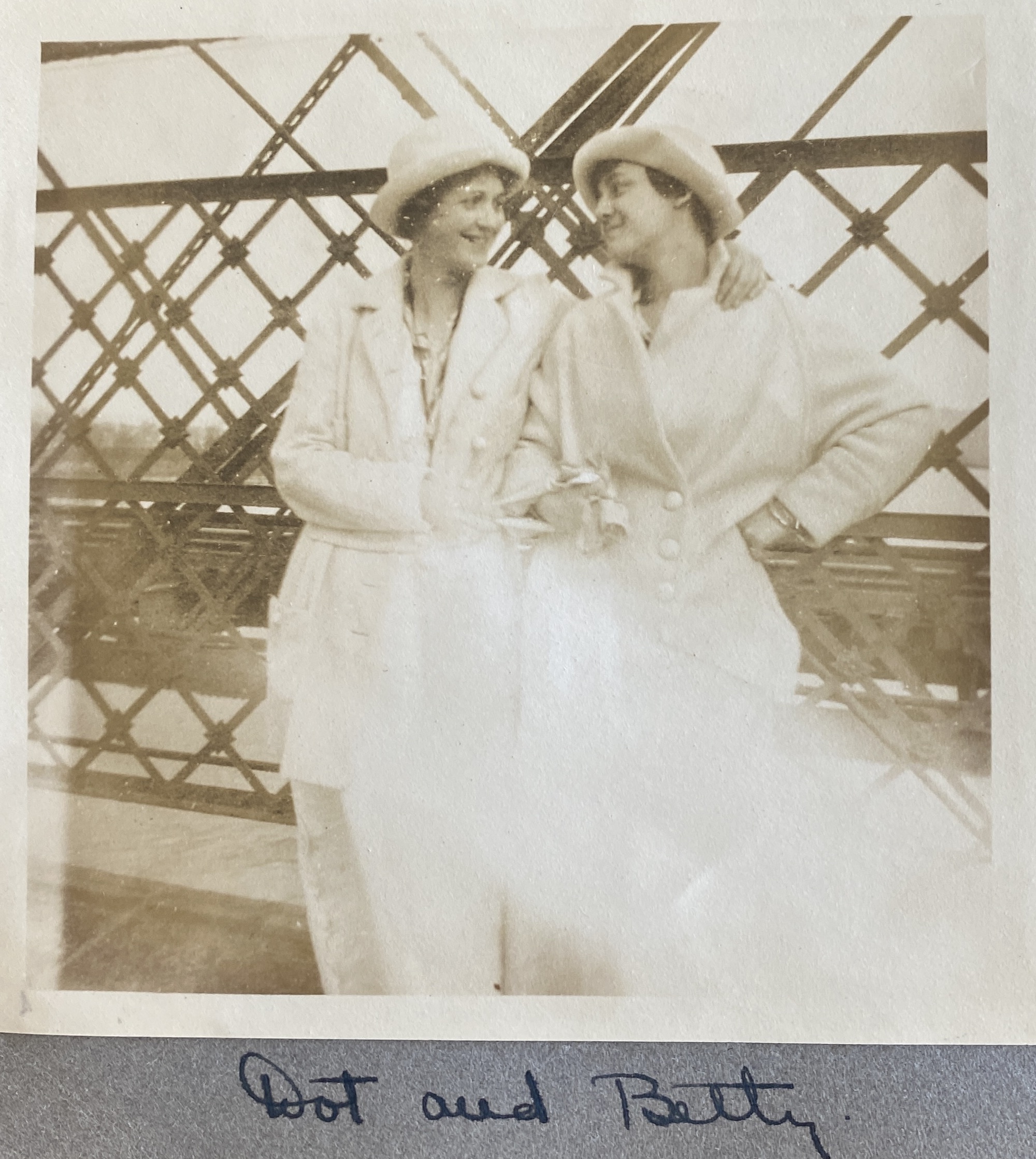
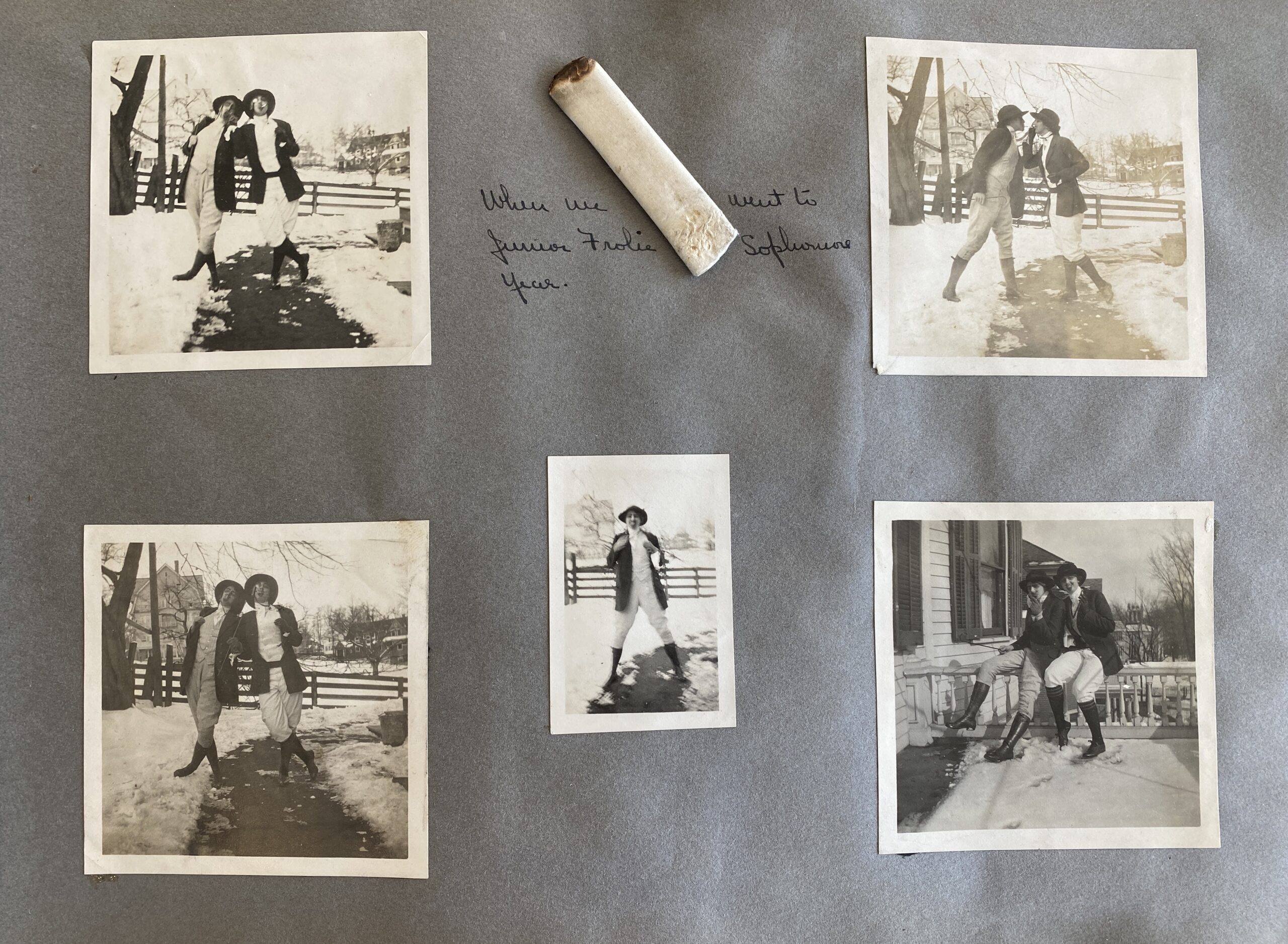
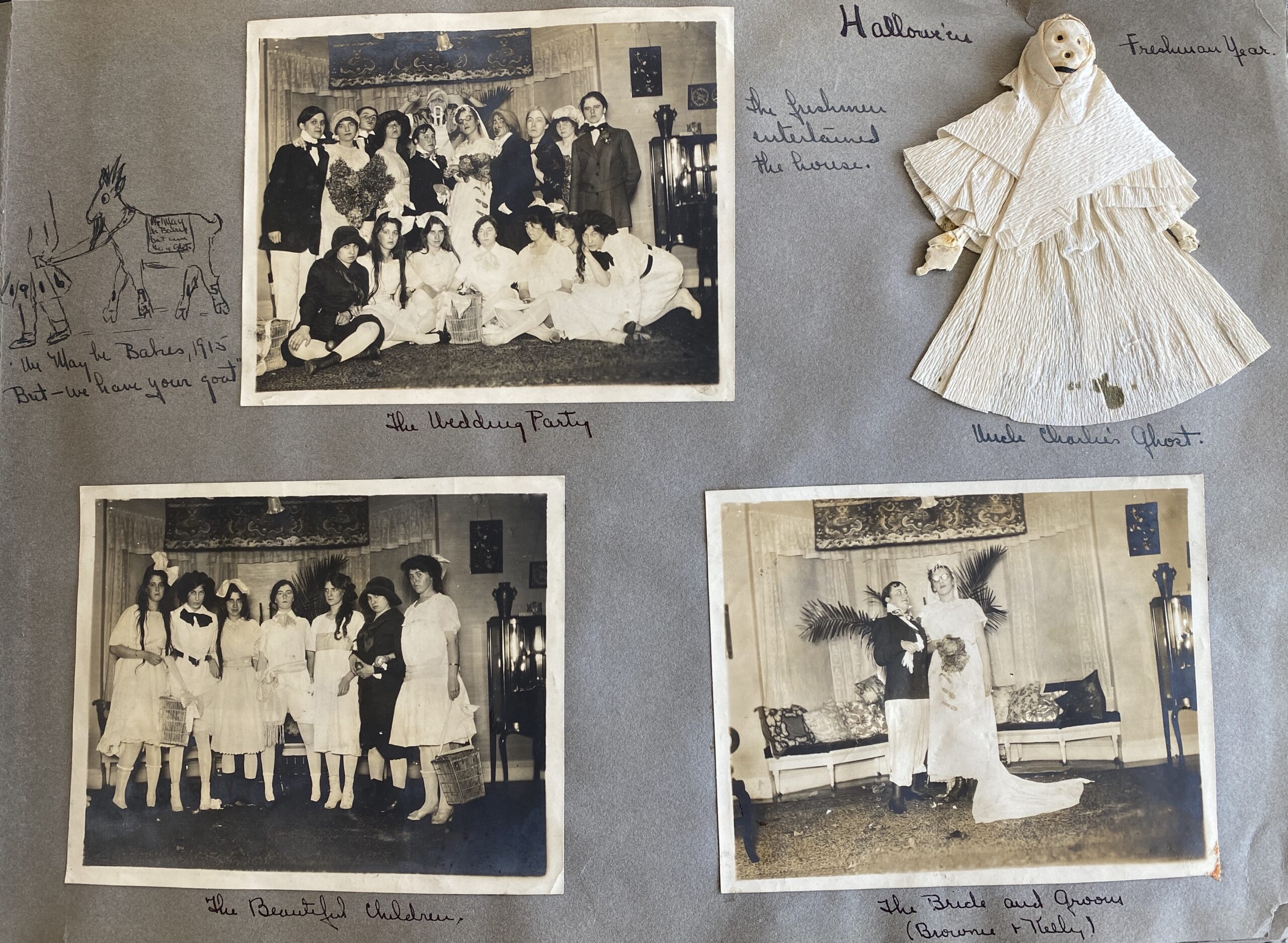
Expression of Queer Desire In Letters, Referencing Cross-Dressing
Student Eleanor Johnson Little, Class of 1907, writes letters home to her family members about her activities at Smith. She mentions plays put on by Smith students where cross-dressing occurs, resulting in both confusion and desire expressed towards the female actors dressed as men.4 She also notes how many of her friends have “crushes” on other girls on campus.5
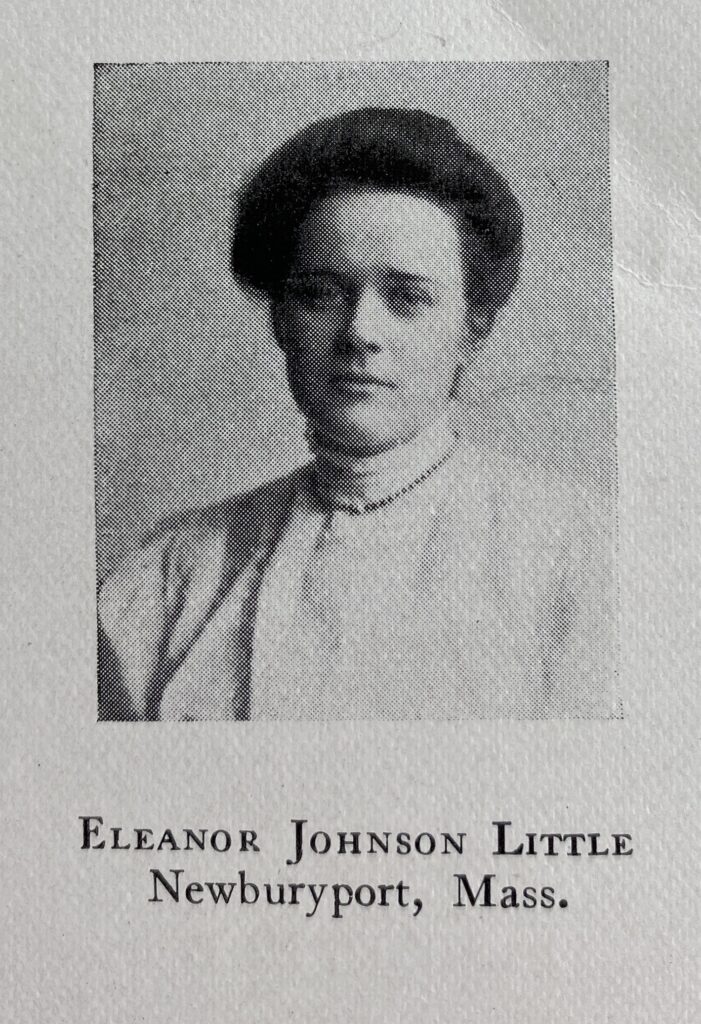
References
- Sally Newman, “Traces of Desire: Reading the Lesbian Archive” (PhD. diss., Monash University, 2007), 128-133.
- Photograph of Elizabeth Katharine Rusk, 1916, CA-MS-01018, Box 1886, Classes of 1911-1920 records, Smith College Archives, Northampton, Massachusetts.
- Pages from Elizabeth Katharine Rusk’s memorabilia book, Early 20th Century, CA-MS-01018, Box 1894.7, Classes of 1911-1920 records, Smith College Archives, Northampton, Massachusetts.
- Correspondence from Eleanor Johnson Little to family, 28 April 1907, CA-MS-01020, Box 1708, Classes of 1901-1910 records, Smith College Archives, Northampton, Massachusetts.
- Correspondence from Eleanor Johnson Little to family, 22 April 1907, CA-MS-01020, Box 1708, Classes of 1901-1910 records, Smith College Archives, Northampton, Massachusetts.
- Yearbook photo of Eleanor Johnson Little, 1907, CA-MS-01049, Vol. 422, Student publications and student publications records, Smith College Archives, Northampton, Massachusetts.
